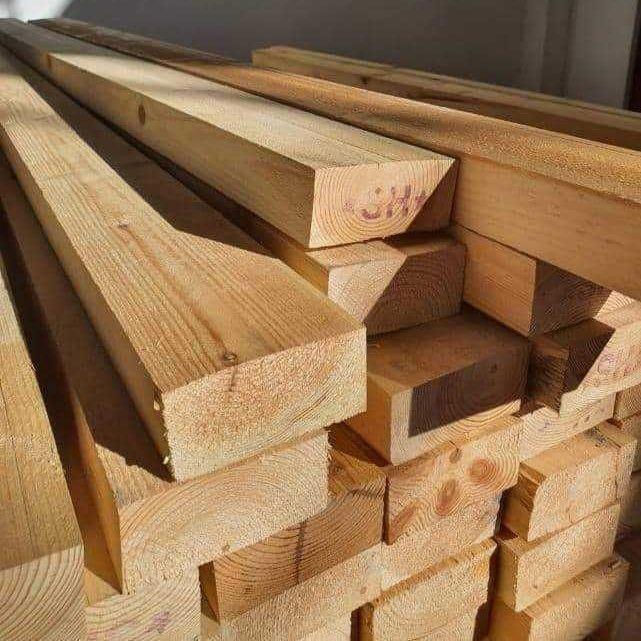In the realm of construction, the selection of appropriate materials is crucial for ensuring the durability, safety, and aesthetic appeal of a structure. With a wide range of options available, it can be overwhelming to determine which materials are considered standard in the industry. In this blog post, we will delve into the world of standard construction materials, exploring their characteristics, applications, and benefits.
- Concrete:
Concrete is one of the most widely used construction materials worldwide. Composed of cement, aggregates, water, and additives, it offers exceptional strength, durability, and versatility. From foundations and walls to pavements and bridges, concrete is a staple in the construction industry. Its ability to be molded into various shapes and sizes makes it a preferred choice for architects and engineers. - Steel:
Steel is renowned for its strength, making it an essential material in construction projects. Its high tensile strength and ductility allow for the creation of robust structures capable of withstanding heavy loads and adverse weather conditions. Steel is commonly used in the construction of skyscrapers, bridges, and industrial buildings. Its recyclability and sustainability also contribute to its popularity. - Brick:
Brick, a traditional construction material, has stood the test of time due to its durability and aesthetic appeal. Made from clay or shale, bricks offer excellent thermal insulation and fire resistance. They are commonly used in the construction of walls, facades, and pavements. With various colors, sizes, and textures available, bricks provide architects with creative design possibilities. - Timber:
Timber, a renewable resource, has been used in construction for centuries. Its natural beauty, versatility, and sustainability make it a popular choice for both structural and decorative purposes. Timber is commonly used in the construction of houses, bridges, and interior finishes. It offers excellent thermal insulation properties and can contribute to a healthier indoor environment. - Glass:
Glass has revolutionized the construction industry, allowing for the creation of visually stunning and energy-efficient structures. Its transparency, versatility, and ability to transmit natural light make it a sought-after material for facades, windows, and interior partitions. Additionally, advancements in glass technology have led to the development of energy-efficient and self-cleaning glass options.
Conclusion:
The world of standard construction materials is vast and diverse, offering architects, engineers, and builders a plethora of options to choose from. Concrete, steel, brick, timber, and glass are just a few examples of the materials commonly used in construction projects. Each material possesses unique characteristics and benefits, catering to different requirements and design preferences. By understanding the properties and applications of these materials, professionals can make informed decisions, ensuring the success and longevity of their construction projects.

